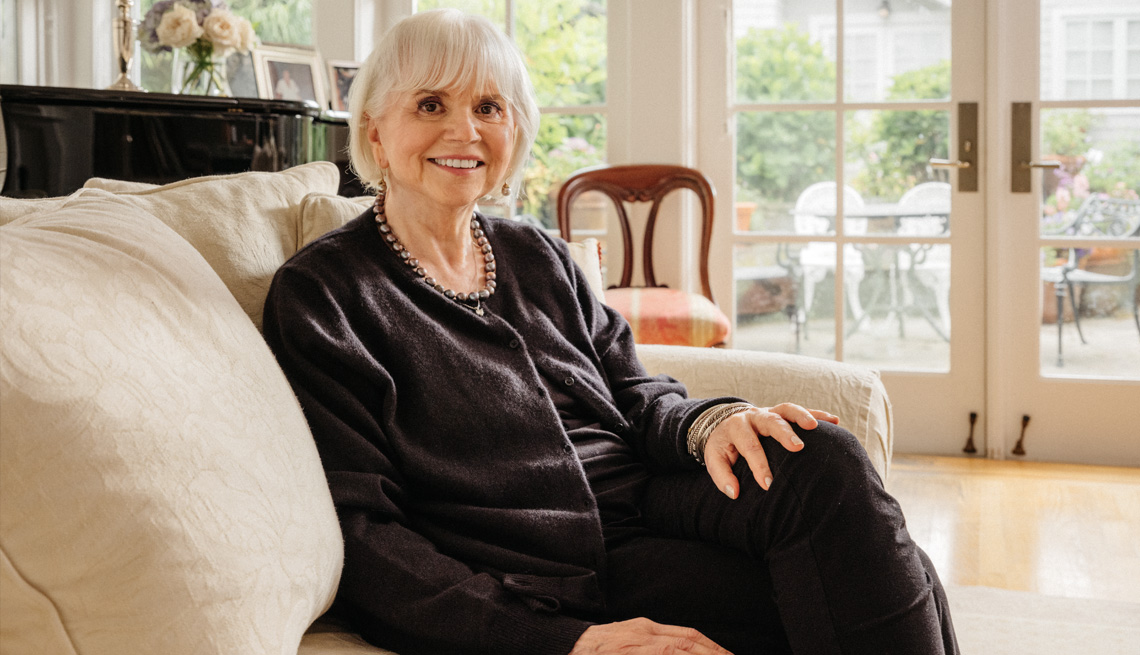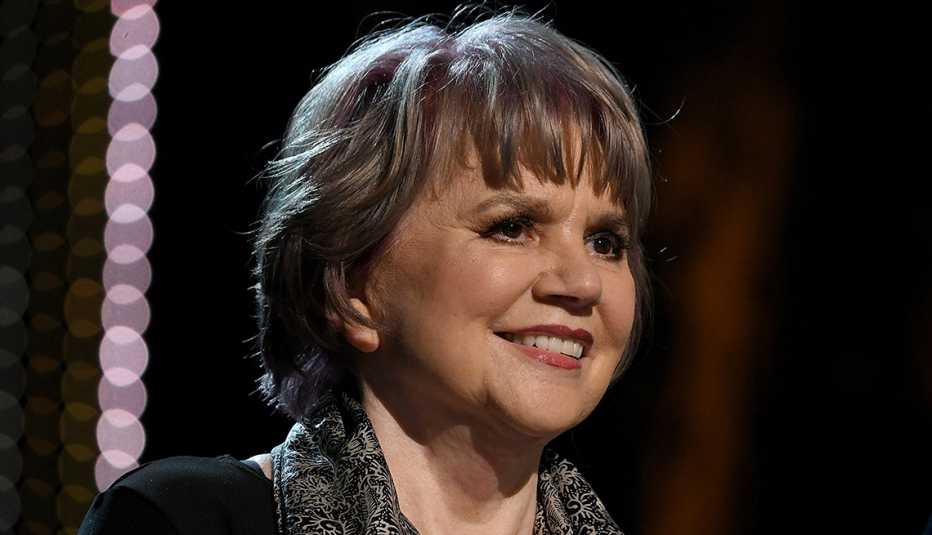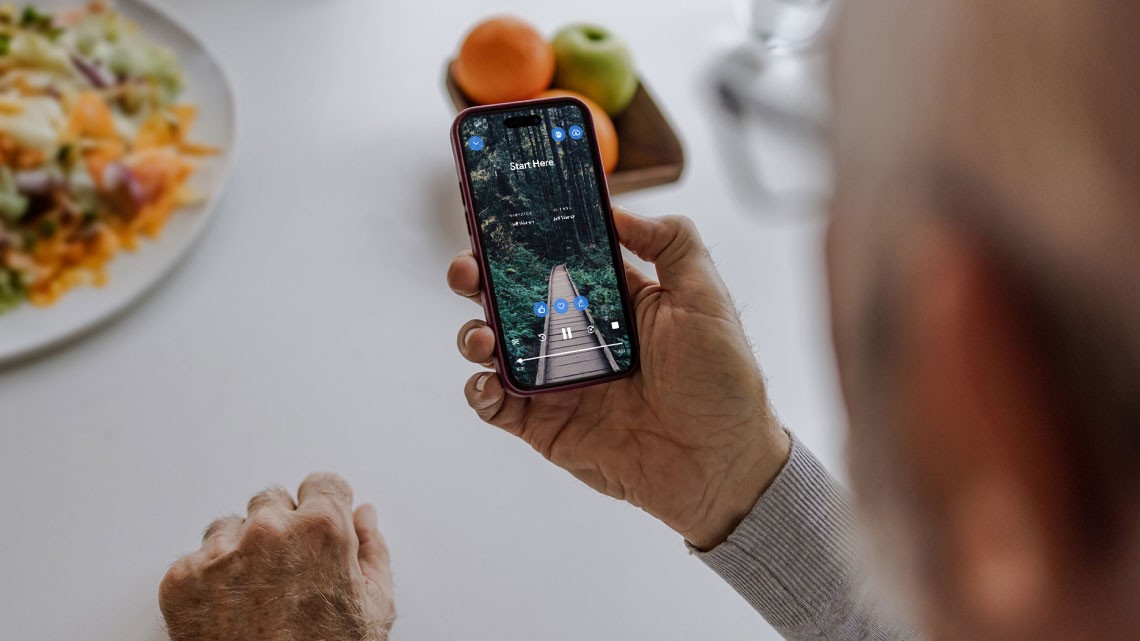Staying Fit
It’s a breezy Tuesday afternoon in San Francisco, and on the north side of town, Linda Ronstadt waits in the living room of the unassuming home she shares with her daughter — a piano to one side, shelves loaded with books and mementos. It’s a luminous space; the singer clearly favors soothing colors and the kind of placid energy that fuels creativity.
Ronstadt relaxes, barefoot, on a recliner as we begin. Her speech and movements show subtle signs of the degenerative illness that forced her to retire from performing in 2009. But the feistiness that propelled her to the top of the male-dominated music scene in the 1970s still thrives, and soon enough Ronstadt, 76, is talking breathlessly — laughing, analyzing and reminiscing.


AARP Membership— $12 for your first year when you sign up for Automatic Renewal
Get instant access to members-only products and hundreds of discounts, a free second membership, and a subscription to AARP the Magazine.
The occasion for our meeting is the release of her new book, Feels Like Home: A Song for the Sonoran Borderlands. Cowritten with journalist Lawrence Downes, the book focuses on the emotional and physical landscape of Ronstadt’s childhood in the American Southwest, as well as on her Mexican heritage and the connections between the two countries.
“There’s a specific area of the Sonoran desert where I grew up that has a border fence in it, but I didn’t particularly notice the division,” she explains. “When I go to Mexico now, the energy is still there, in full bloom. People in the little town where my grandfather was born ride horses because it’s so hilly. ... It’s a really interesting community down there. It seems almost enchanted.”


Leading a musical life
For a cultural icon of her stature — hands down the most successful female singer of the ’70s, thanks to rare vocal talent, transcendent concerts and a slew of top-selling albums — Ronstadt is disarmingly humble. When I mention my music-journalist obsession with the three albums she released in 1967 and 1968 with the Los Angeles folk-rock trio the Stone Poneys, she chuckles. “Oh, God! We were terrible,” she says. “I don’t think I began to sing very well until 1980.”





































































